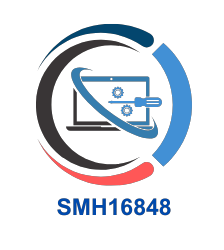In today’s rapidly advancing industrial landscape, the demand for versatile and reliable actuation systems is ever-increasing. Pneumatic actuators are a popular choice in various applications due to their efficiency, cost-effectiveness, and durability. However, in certain situations, the need for manual intervention becomes crucial, leading to the adoption of pneumatic actuators with manual override capabilities.
One of the primary advantages of integrating a manual override feature into a pneumatic actuator is the increased control flexibility it offers. The combination, often referred to as a “Pneumatic & manual combo actuator,” allows operators to seamlessly switch between automated and manual control, ensuring operational continuity even in the event of a pneumatic system failure. This feature is particularly beneficial in emergency situations where immediate intervention is necessary to prevent damage or ensure safety.
The pneumatic actuator with manual override finds applications across a wide range of industries. In environments where safety and precision are paramount, such as chemical processing plants or oil and gas facilities, the ability to manually operate valves and other equipment can mitigate risks and align with safety protocols. Similarly, in manufacturing setups, these actuators facilitate maintenance and troubleshooting by allowing technicians to manually position equipment without relying solely on automated systems.
When selecting a pneumatic actuator with a manual override, several factors must be considered to ensure optimal performance. These include the type of actuator, the load capacity, the precision of control, and compatibility with existing systems. Additionally, understanding the environmental conditions, such as temperature and pressure variations, is crucial in choosing an actuator that will perform reliably under specific operational demands.
Moreover, incorporating a “Pneumatic & manual combo actuator” into your system often results in reduced downtime and increased productivity. The flexibility provided by the manual override feature allows for quick adjustments and maintenance without disrupting the entire operation. As a result, industries can benefit from prolonged equipment lifespan and lower overall operational costs.
In conclusion, the integration of a pneumatic actuator with manual override is a strategic investment for industries seeking reliability and flexibility in their operations. By combining the efficiency of pneumatic actuation with the adaptability of manual control, these systems provide a robust solution for maintaining smooth industrial processes. As technology continues to evolve, staying ahead with adaptable systems like the pneumatic and manual combo actuator ensures that industries can meet both current and future operational challenges effectively.

